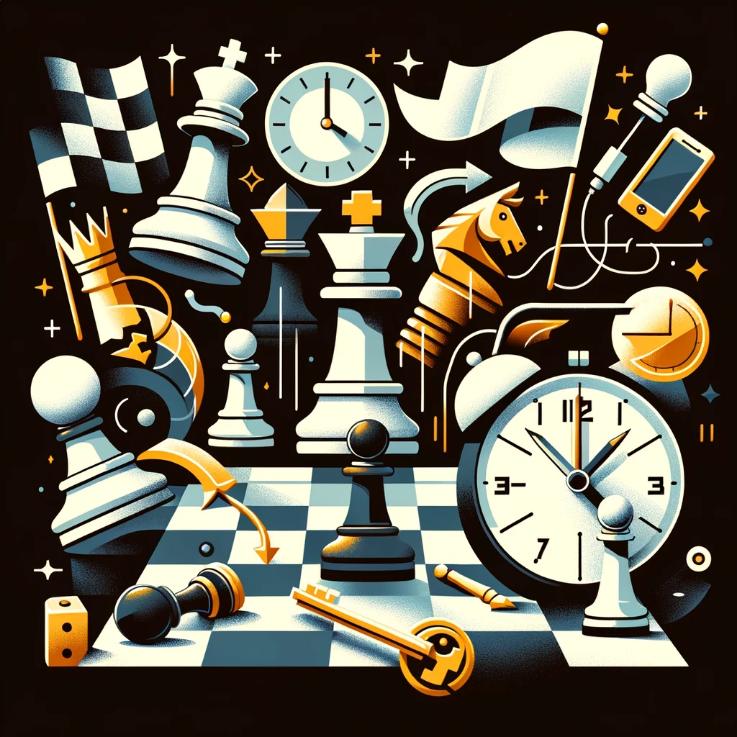In the intricate world of chess, understanding the movements and potential of each piece is crucial for mastery. Among these pieces, the pawn might seem modest at first glance, yet it holds profound strategic depth. As Guillermo Baches, an International Chess Master, I’ve come to appreciate the subtleties of how a pawn moves and its capability to shape the battlefield. This article is designed to guide you through the basics of pawn movement, its special moves, and the strategic implications these movements have on the game.
The Basic Movement
A pawn’s first move is unique in its ability to advance one or two squares forward from its initial position. This option to move two squares is only available for its initial move, providing a strategic opportunity to control the center of the board quickly. After this first move, a pawn is limited to advancing one square at a time, strictly moving forward, never backward. This forward-only movement symbolizes the pawn’s role in chess, embodying determination and the relentless push towards the opponent’s territory.
The Capture
While pawns move forward, their method of attack diverges from their path of movement. A pawn captures an opponent’s piece by moving one square diagonally forward. This rule adds a layer of complexity to pawn strategy, as a pawn can control squares it cannot move to in a straightforward manner. The diagonal capture mechanism forces players to think strategically about pawn placement, leveraging these pieces to control key board squares and create structures that support more powerful pieces.
En Passant: The Special Pawn Capture
One of the most intriguing moves in chess is the “en passant” capture. This rule allows a pawn that moves two squares forward from its original position to be captured by an opponent’s pawn as if it had moved only one square. This special capture can only occur immediately after the two-square advance and is a move that many beginners overlook. En passant adds a layer of depth to the game, emphasizing the importance of attention and strategic foresight.
Promotion: The Pawn’s Ultimate Goal
The pinnacle of a pawn’s journey across the chessboard is its promotion. When a pawn reaches the furthest row from its starting position, it can be promoted to any other piece, except for a king. Most often, players choose to promote their pawn to a queen, given its power and versatility. Pawn promotion can dramatically alter the balance of the game, making pawns a significant threat as they advance towards promotion squares.
The Strategic Value of Pawns
Pawns are the soul of chess strategy. They shape the battlefield, creating structures that define the game’s course. Understanding how a pawn moves is just the beginning. The strategic placement and advancement of pawns can support stronger pieces, control key board areas, and create paths for major pieces to launch attacks. Pawns can also be sacrificed to gain a strategic advantage, proving that even the smallest piece can have a monumental impact on the outcome of a game.
Conclusion
The journey of understanding how a pawn moves in chess opens the door to the broader strategic complexities of the game. As you delve into chess, remember that the power of the pawn lies not in its individual strength but in its ability to shape the game’s structure and dynamics. Mastering pawn movement and strategy is a fundamental step towards chess proficiency, embodying the principle that great things often come from humble beginnings.
Stay connected for more chess wisdom:







